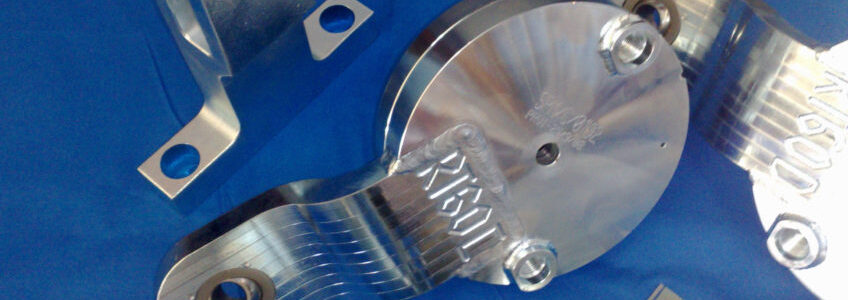Keeping costs down is generally considered an important caveat of a healthy industry, but when it comes to industries such as the railroad system, there are more issues at stake than merely keeping the cost of tickets down. Safety in an age of threats, both foreign and domestic, as well as the high rate of copper theft that has been affecting the railway industry are just two examples of the issues that are affecting the commuter railway world.
The idea of cutting costs is certainly one that will be agreeable to a number of people, but the plan has to pass a number of criteria before it can be determined to be effective in the long run.
Anthony Smith, who is the Chief Executive of Passenger Focus, a watchdog group that has the interest of the riding public in mind, believes that there is certainly a need to have a more cost-effective railroad for the consumers, but he isn’t convinced yet that the simple act of cutting costs is going to have the right impact on the public at large.
He states, ‘How will it affect the way we travel? [The plan] need[s] to pass two tests: will passengers find the changes both affordable and acceptable?’ If consumers don’t find these cost cutting plans to be either, or preferably both, the long-term effects, such as reduced ridership, revenue, and more can have a greater bearing on those long-term costs that the government is aiming to save.
Regulations that will go into effect in the future under this cost cutting plan will also be a factor in impacting how the major companies deal with the shared costs of operating their rail lines. Some of the proposed regulations also indicate the potential for mismanagement and misuse, such as allowing individual operators to charge more for busier times. During the commuter rush hours, there are currently no provisions in place with this cost cutting plan to limit or cap the amount that can be charged for specific fare times.
However, it is important to note that while the government plan is to cut 3.5 billion pounds from the cost of operating the railway throughout the UK, as reported by The BBC, they are exploring all of the options available to them in order to ensure that they not only achieve the greatest cost savings, but that it also benefits the riding public as well. One final doomsday note comes from RMT general secretary Bob Crow who admonishes this proposed legislation, stating that it will return the industry to the days of disasters, such as Hatfield and Potters Bar.
The coming months of debate will highlight the full potential impact of this proposed cost cutting legislation.





Recent Comments